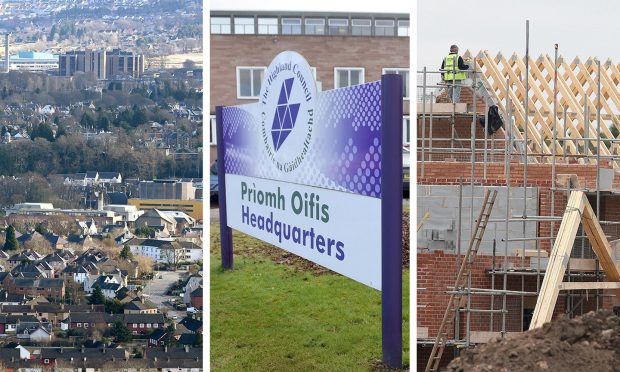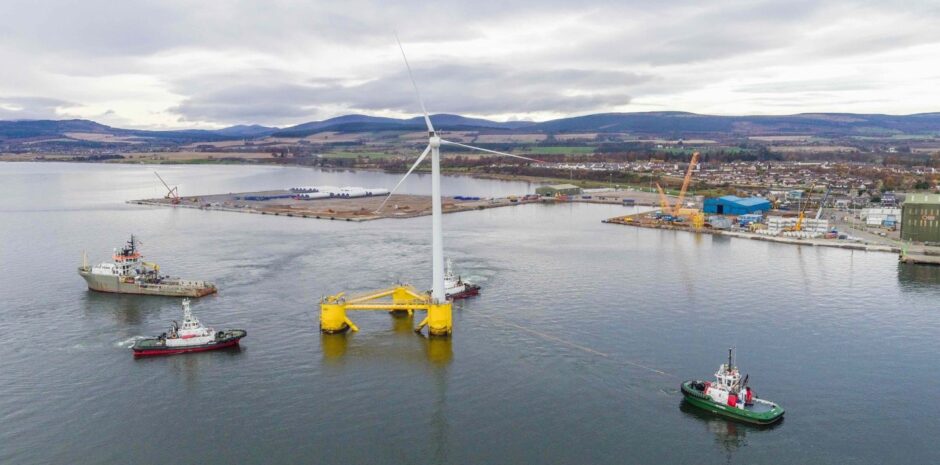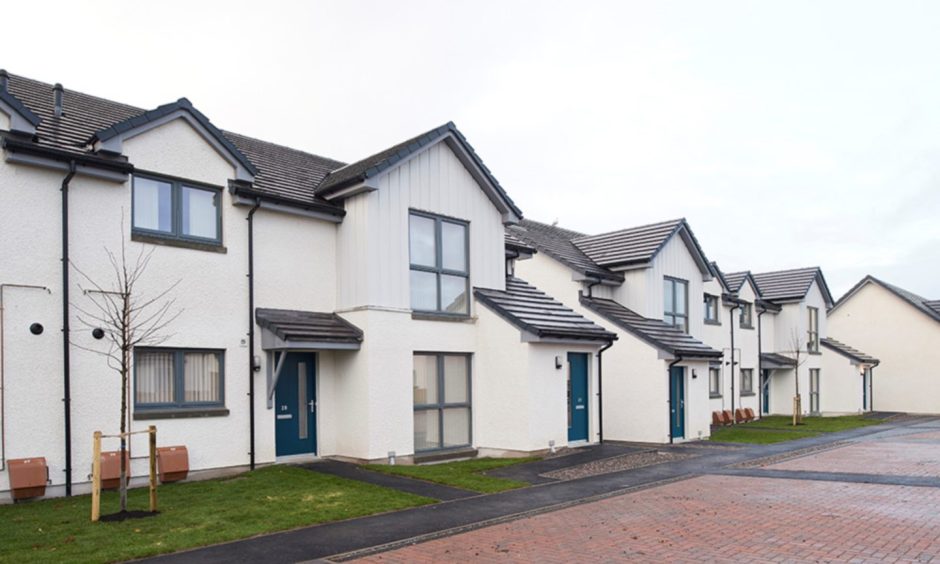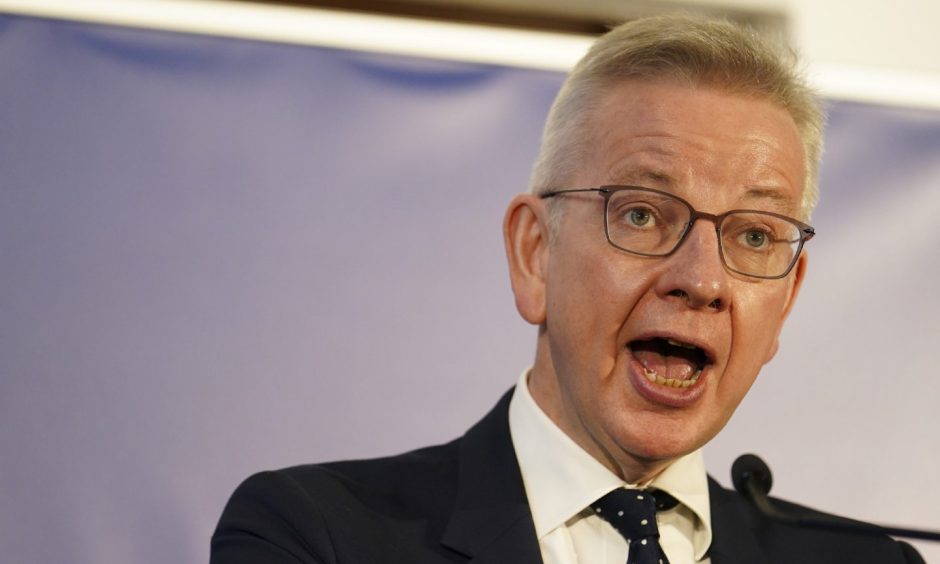The Highlands needs to build an extra 24,000 houses in the next 10 years to meet current and future accommodation needs.
The figure is double the amount that would normally be built in the region and would cost £2.8 billion.
It includes more than 7,000 affordable homes with 8,600 households currently on the housing register.
Why are so many homes needed?
More homes are needed in Inverness and East Ross with the development of the Inverness and Cromarty Firth Green Freeport alone predicted to bring more than 8,000 jobs to the area.
But plans for a number of hydro schemes earmarked for Loch Ness and a new power line from Thurso to Beauly means even more are required.
At current capacity it would take until 2044 to build the 24,000 additional houses.
The housing challenge will be explored in a future summit involving Highladn Council and partners.
It will look at levering finance, different mechanisms to build new housing, flexible ownership and new ways to maximise the supply of land.
The Scottish Parliament declared a national housing emergency last month.
Other councils have also made similar declarations to recognise issues such as a lack of affordable, quality housing.
Council convener Bill Lobban said: “Affordable housing is an issue that is raised everywhere we speak to communities across the Highlands.
“There are also many wider socio-economic benefits in providing more housing, including boosting the construction industry, regeneration of town centres and reversing depopulation of communities.
“The economic benefits continue over the longer term, through savings on housing benefit, and wider benefits including reduced homelessness, increased employment, and improved health benefits.”
Budget cuts put affordable homes at risk
Based on the current development programme of 1,200 homes a year, the housing investment over a decade would be £2.83 billion.
To double that number over the same period, investment would rise to about £5.5 billion, of which £2.1 billion would come from private investment.
It will require “creative solutions” to find new sources of investment to meet the challenge.
It includes pension funds which have been used elsewhere to build affordable housing.
The business case for the green freeport also indicates that a potential use of non-domestic rates is on infrastructure including housing.
Legacy housing from major infrastructure projects
In addition, the council wants developers building major infrastructure developments in the area to create “legacy” housing.
This would see homes used by workers later given to local people to tackle accommodation shortages and future demand.
The council says it has held positive discussions with power giant SSEN on options including creating serviced sites and the development of empty and disused buildings.
At the same time, the council is seeking to have at least some of its historic housing debt written off.
As of March 2023, that stood at £365.2 million, some of it inherited from former district councils and associated with a house-building programme linked to the hydro and oil industries.
Housing debt is repaid as loan charges which in 2023-24 were £26.3 million. This is expected to rise to £35.1 million in 2026-27.
The council has asked to meet Levelling Up secretary Michael Gove to discuss the UK Government’s partial writing off the debt.
A similar request has been made to Labour’s deputy leader Angela Raynor.




Conversation